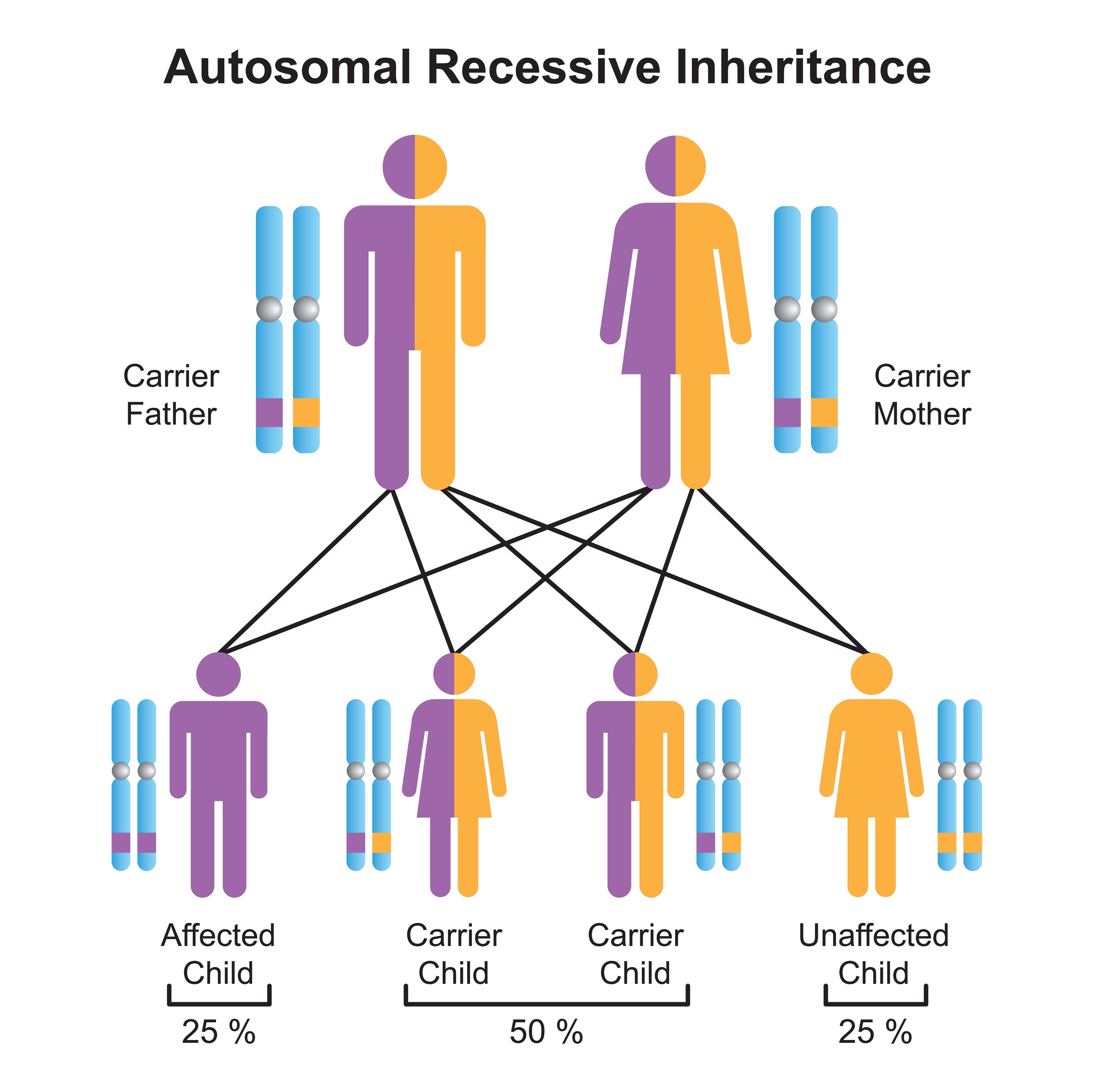Cousin marriages may be taboo to most of us in the West, but historically, unions between first and second cousins were once commonplace in some parts of the world. Our ancestors really did give Game of Thrones a run for its money in terms of incest: the ancient Greeks were at it, Tutankhamun married his half-sister, and Kings and Queens of Europe famously loved keeping it in the family back in the day. Even still today, cousin marriages are routine in some cultures.
Genetically, however, it might not be the best idea. Here’s why.
The custom of cousin marriage
Europeans may have the Catholic Church to thank for turning the tide of public opinion surrounding marrying relatives – also known as consanguineous marriage. During the Middle Ages, the Western Church, later to become the Roman Catholic Church, introduced strict rules on marriage, including banning marriages between cousins. As a result, it is generally still considered taboo today. But the same cannot be said outside of the West.
One 2021 study found that, globally, people today are more likely to breed with their cousins than they were in prehistory. While another, from back in 2010, suggested that as many as one in 10 marriages are between people who are second cousins or even more closely related.
“The highest rates of consanguineous marriage occur in north and sub-Saharan Africa, the Middle East, and west, central, and south Asia,” the study authors write, adding that such marriages are “a long-established tradition” in these parts of the world.
Mortality in descendants of two first cousins is around 3.5 percent higher than in nonconsanguineous offspring, they also found, and it’s known to be associated with an increased risk of genetic disorders. But why?
Why do cousin marriages increase risk of genetic disorders?
We all share 50 percent of our DNA with each parent and with our siblings, while with our first cousins, we share around 12.5 percent. Therefore, when two cousins have a baby, the gene pool is restricted, meaning that the same genetic variants are more likely to pop up and make inherited genetic disorders more common.
We inherit one copy of each of our genes from each parent. If these genes mutate, they can cause various diseases. When just one copy of the gene needs to be damaged to cause a condition, it is called autosomal dominant: for example, Huntington’s disease or Marfan syndrome. But when two mutated copies of a gene are necessary, a disorder is autosomal recessive. Examples include cystic fibrosis and sickle cell anemia. A person with just one mutated copy of a recessive gene is a carrier: they do not themselves have the condition but can still pass on the potential for illness.
Two cousins, with more shared DNA than two unrelated people, are therefore more likely to pass on two copies of a potentially damaging gene. If one of their shared grandparents was a carrier, there would be a 50 percent chance that each of their children (the cousins’ parents) would also be a carrier. This increases the chances of the cousins also being carriers and so puts their offspring at greater risk of autosomal recessive conditions.
When parents are both carriers, as is more likely to be the case for first cousins, there’s a 25 percent chance their child could have an autosomal recessive disorder. Image credit: Ali DM/Shutterstock.com
The risk of this happening when two parents are not related is around 3 percent, but is doubled to 6 percent for cousin marriages.
Examples of conditions associated with consanguineous marriages include primary ciliary dykinesia, thalassemia, and Tay-Sachs disease.
For a famous historic example, we can look to the Habsburgs of Austria and Spain. Centuries of inbreeding was likely the cause of the “Habsburg jaw” – a protruding lower mandible – as well as the many physical ailments of King Charles II of Spain, the final king of the dynasty. It may even have made European monarchs less effective rulers, according to one analysis.
All in all, probably best to avoid breeding with relatives (even in the face of trying to repopulate the planet).
Source Link: Cousin Marriage Could Be Genetically Disastrous For Offspring. Here's Why
